20 States, 684 Million People Without Power: Pictures Of India?s Blackout
Normal life was thrown out of gear when a power outage resulted in a blackout in 20 states across north, eastern and north-eastern India affecting more than 600 million people for two consecutive days and severely disrupting essential services including the water supply, industrial power supply, rail and road traffic management and medical care.
The collapse of the Northern Grid affected Delhi, Punjab, Jammu and Kashmir, Himachal Pradesh, Haryana, Uttar Pradesh, Rajasthan, Uttarakhand, and some parts of Madhya Pradesh, while the failure in the Eastern Grid's caused a blackout in West Bengal, Odisha, Jharkhand and Bihar. The northeastern states of Sikkim, Assam, Mizoram, Manipur, Nagaland, Meghalaya and Arunanchal Pradesh were also plunged in darkness by the massive outage.
The three power grids collapsed at 1:05 p.m. local time on Tuesday, and electricity was gradually restored during the course of the day. The multiple grid failure hit just as the northern India was recovering from a blackout following the collapse of the northern power grid late Sunday night.
The outage led to 265 miners getting trapped in the coal mines in West Bengal and Jharkhand who were rescued after several hours.
The power was fully restored to the three electricity grids overnight Tuesday by engineers from the Power System Operation Corporation (PSOC), the state-owned company which manages the country's electricity generation system.
The government has announced an investigation into the cause of the crisis, even as it was reported that the Power Minister Sushil Kumar Shinde was being promoted to the Home Ministry, causing an uproar.
Click 'Start' for a glimpse of how citizens coped with the blackout in northern and eastern India.
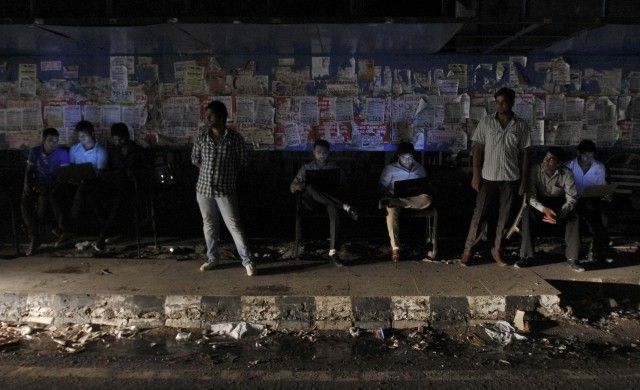
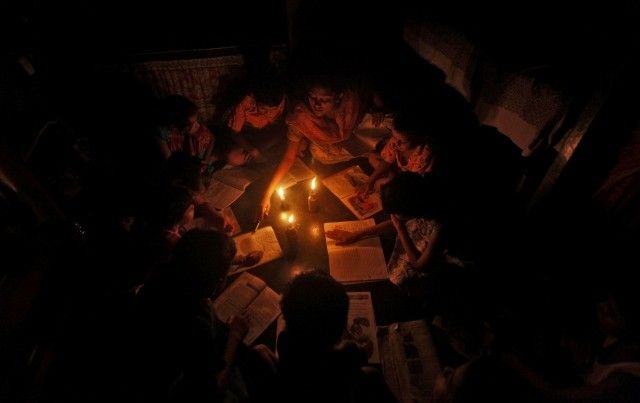
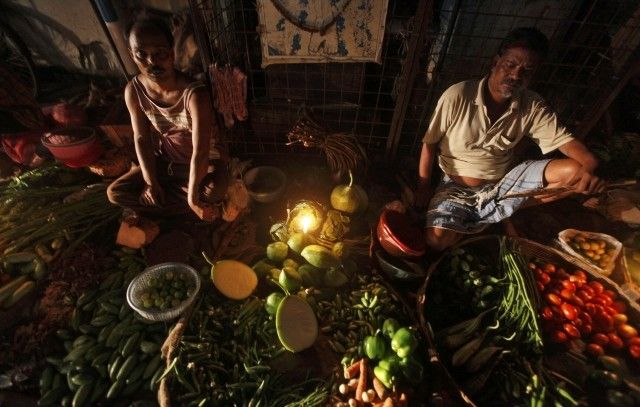
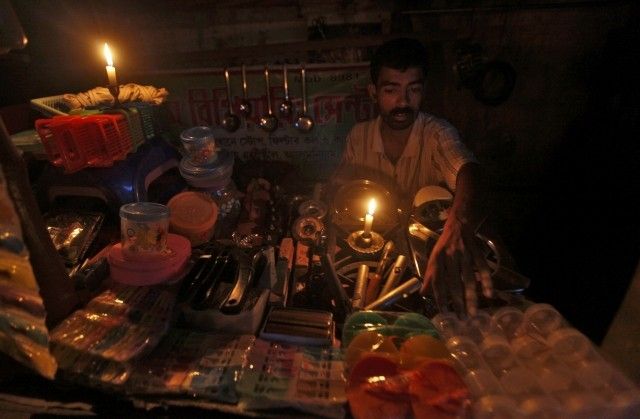


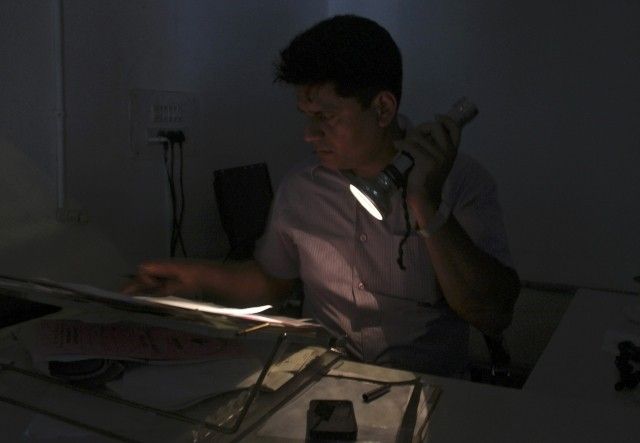



© Copyright IBTimes 2024. All rights reserved.












